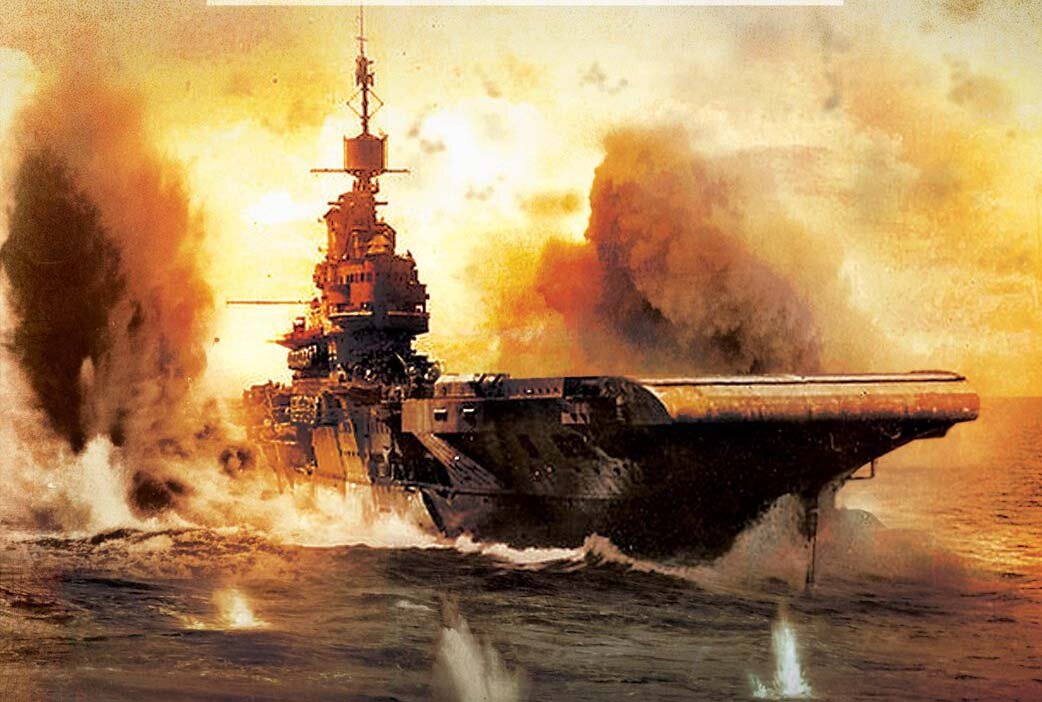Looking at the USN carrier aircraft losses during Operation Torch for those 27 kills.
F4F-4 - Total available at start of operations - 109. Losses - 5 shot down & 20 operationally (Ranger - 4 shot down by Dewoitine 520 & Curtiss 75-A + 1 by ground fire, and 7 in other operational accidents from 54. Santee lost 10 were lost from her complement of 14 while Suwannee lost 3 from 29. Sangamon lost none from 12).
SBD-3 - Total available at start of operations - 36. Losses - 9
TBF-1 - Total available at start of operations - 27. Losses 10
Suwannee noted the light winds on D-Day causing her skipper, Jocko Clark, to seek areas of water ruffled by the breeze. She was recovering her aircraft with only 22 knots WOD (her own speed was max 18 knots). But that won't be an excuse for her 5 operational losses!
That was in 4 days of operations.
F4F-4 - Total available at start of operations - 109. Losses - 5 shot down & 20 operationally (Ranger - 4 shot down by Dewoitine 520 & Curtiss 75-A + 1 by ground fire, and 7 in other operational accidents from 54. Santee lost 10 were lost from her complement of 14 while Suwannee lost 3 from 29. Sangamon lost none from 12).
SBD-3 - Total available at start of operations - 36. Losses - 9
TBF-1 - Total available at start of operations - 27. Losses 10
Suwannee noted the light winds on D-Day causing her skipper, Jocko Clark, to seek areas of water ruffled by the breeze. She was recovering her aircraft with only 22 knots WOD (her own speed was max 18 knots). But that won't be an excuse for her 5 operational losses!
That was in 4 days of operations.

